|
Polyommatus ripartii / Ripart's Anomalous Blue
Anomalja e vogël
Lycaenidae - Polyommatinae
Polyommatus ripartii (Freyer, 1830). TL: Spain.
 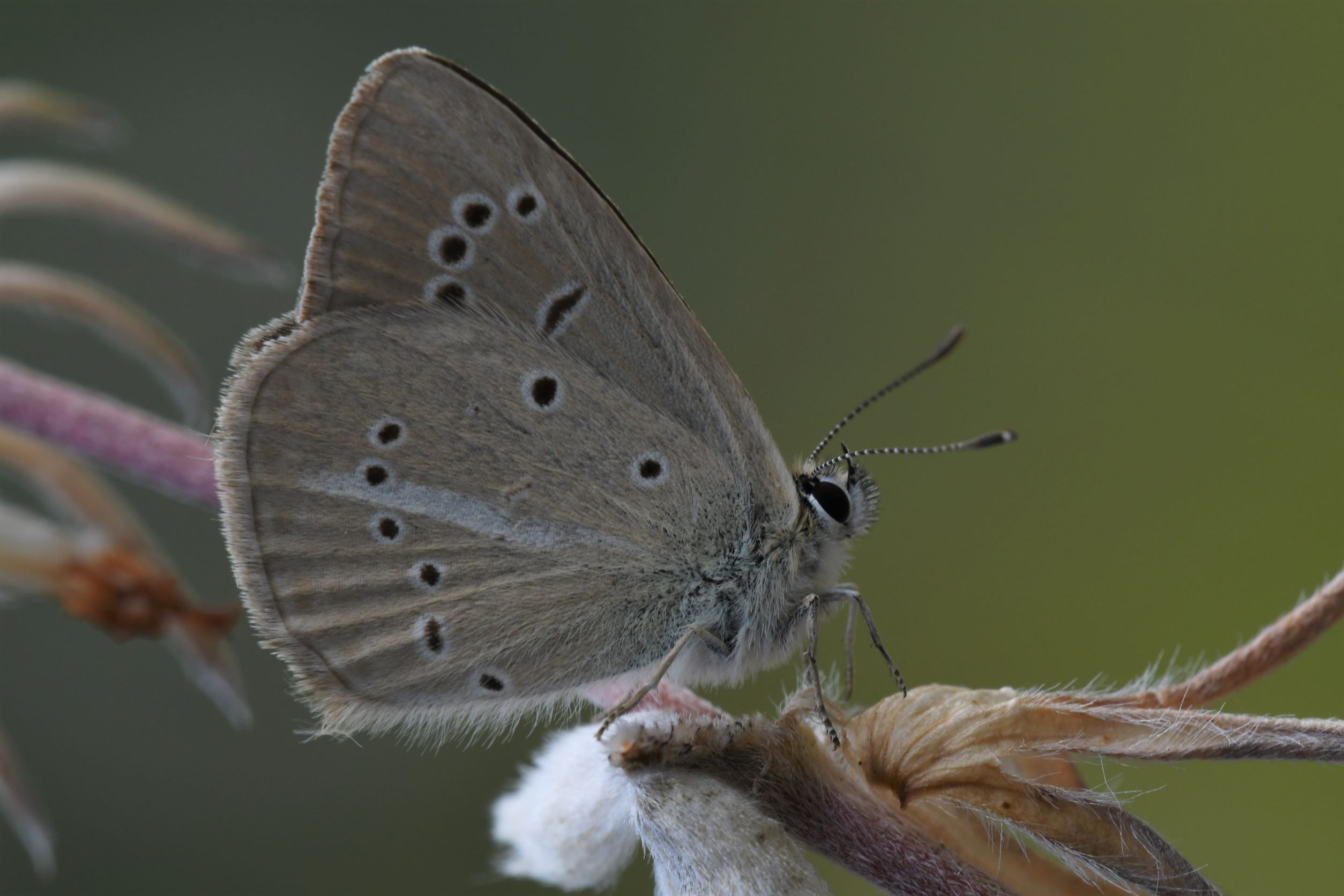
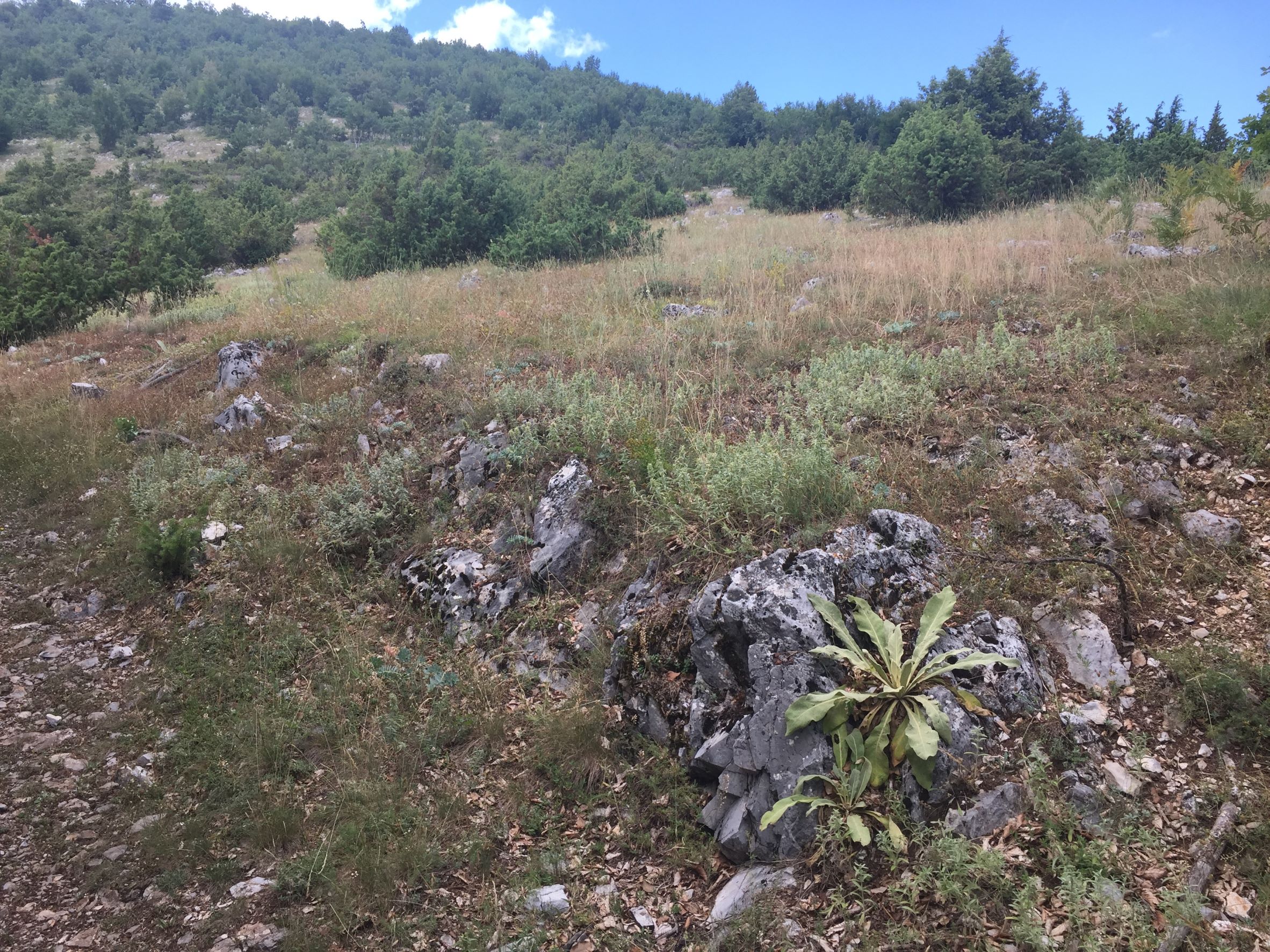 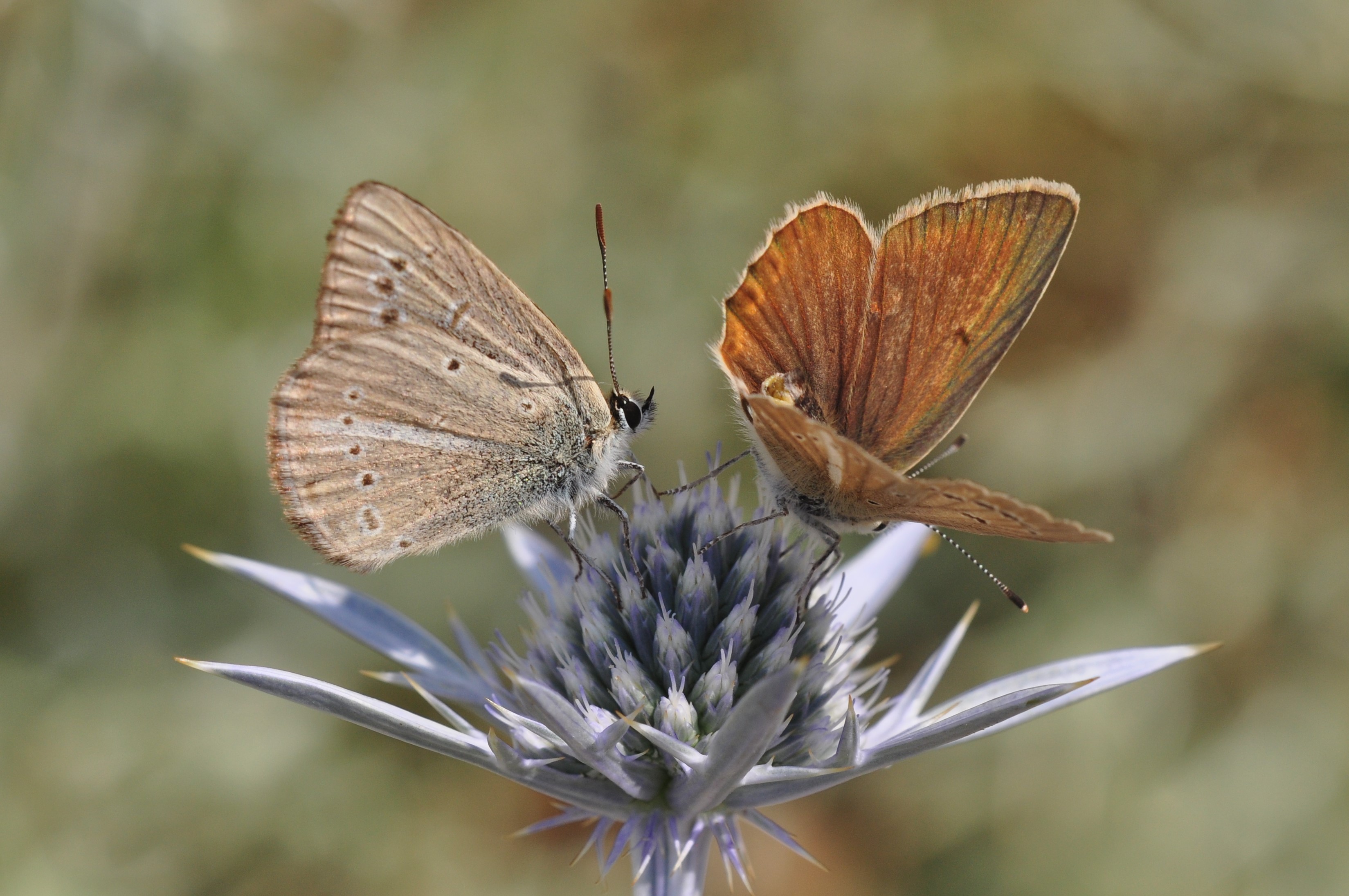 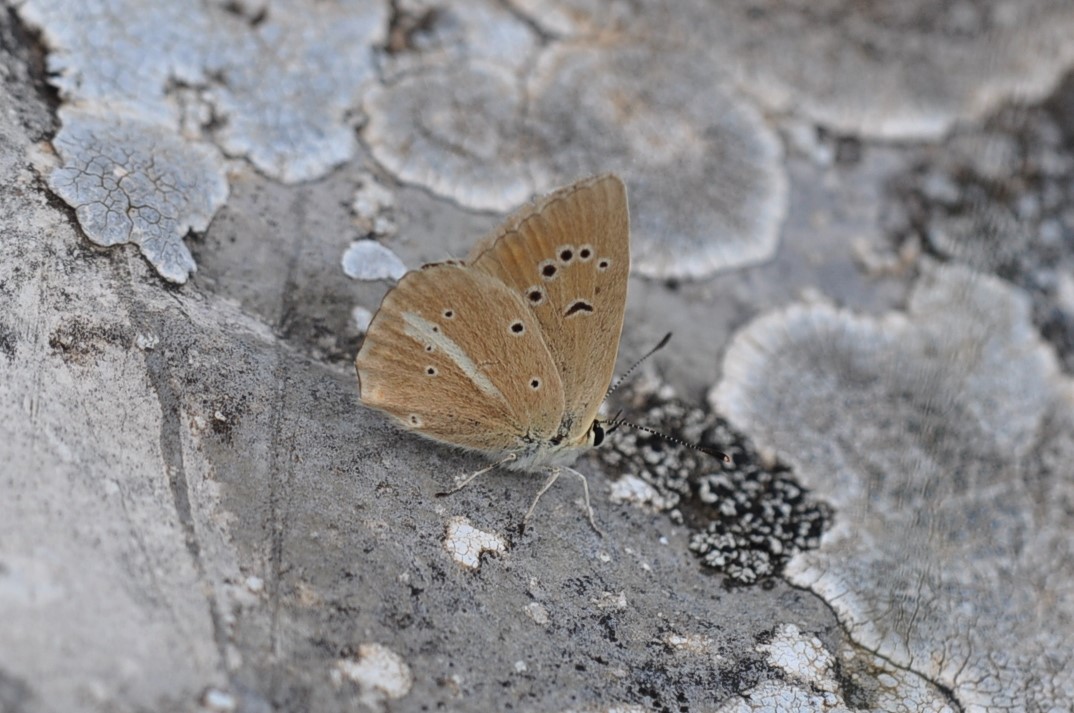
1a. Polyommatus ripartii, distribution map (09.i.2025).  Historical data ; Historical data ;  Additional data from the 2018 update ; Additional data from the 2018 update ;  New observations since the 2018 update. New observations since the 2018 update.
1b. Polyommatus ripartii ♂ underside. Valikardhë, Albania (© Sylvain Cuvelier)
1c. Habitat of Polyommatus ripartii. Valikardhë, Albania (© Sylvain Cuvelier)
1d. Polyommatus ripartii courtship. Greece (© Sylvain Cuvelier)
1e. Polyommatus ripartii ♀ underside. Greece (© Sylvain Cuvelier)
Description
♂♂
Small butterfly. Fw: 14-17 mm.
Ups: brown gc, unmarked.
Upf: conspicuous patch of hairy androconial scales, no discal spot.
Uns: pale grey-brown gc.
Unf: no cell-spot, usual pale ringed discal line and postdiscal spots, marginal margins absent or rarely vestigial.
Unh: white streak from base on v4 of variable length and width.
♀♀
Slightly smaller.
Ups: paler brown gc, smooth.
Upf: dark discal dark spot.
Uph: sometimes with vague orange marginal lunules near anal area.
Uns: darker grey brown gc, markings bolder.
Unh: conspicuous but variable white streak, distally expanded, mostly no marginal markings.
Similar species
The anomalous blues (brown Agrodiaetus) are variable and difficult to distinguish on external characters.
Ups and uns: gc depends on the freshness of the butterflies, a tendency for darker gc in the Polyommatus aroaniensis complex is mentioned.
The presence or absence and intensity of a white streak on the unh is only a trend but not a fully reliable criterium.
COI barcoding is distinctive for Polyommatus admetus, Polyommatus (aroaniensis) lurae, Polyommatus (aroaniensis) orphicus and Polyommatus (aroaniensis) aroaniensis.
Life cycles
Adults: single generation from second half of June to early September.
Egg: short stage.
Caterpillar: probably hibernating in the egg or as young larva.
Pupa: probably short stage.
Habitat
Polyommatus ripartii inhabits warm, open rocky and flowery places with scattered bushes on limestone and ophiolite substrate, from 500 up to 2000 m a.s.l.
Spatial requirement modest, population density can be high.
Foodplants
Caterpillars feed on Onobrychis alba, O. arenaria, O. caput-galli, O. montana and O. viciifolia.
Butterflies are feeding on a variety of available flowers in the habitat.
Distribution
Albania: local, not recorded from the Northern Albanian Alps.
Balkan: AL - BG - BIH - GR - HR - NMK - MNE - RKS - RO - SLO - SRB
Europe: IB - IT - ALP - BAL - NWE - UK - SCA - EEU* (complex ripartii-galloi-pelopi)
Asia Minor, Transcaucasia, Caucasus and further east.
Conservation status
Polyommatus ripartii is not endangered.
Albanian Red List: NT.
IUCN Red List, category at the Mediterranean level: LC.
Useful links
Pyrgus.de
Lepiforum
euroButterflies
|
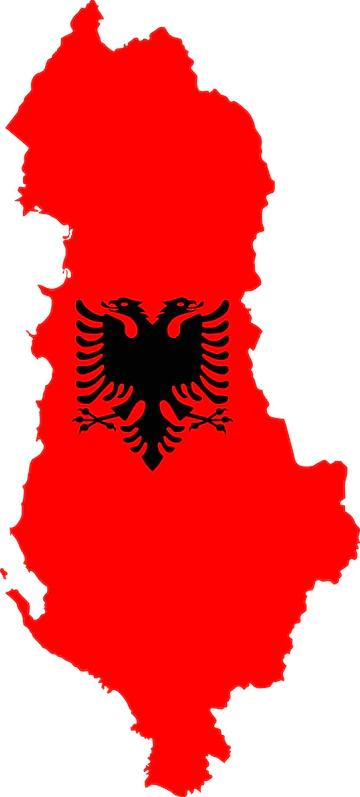 xx
xx 

 Historical data ;
Historical data ;  Additional data from the 2018 update ;
Additional data from the 2018 update ;  New observations since the 2018 update.
New observations since the 2018 update.